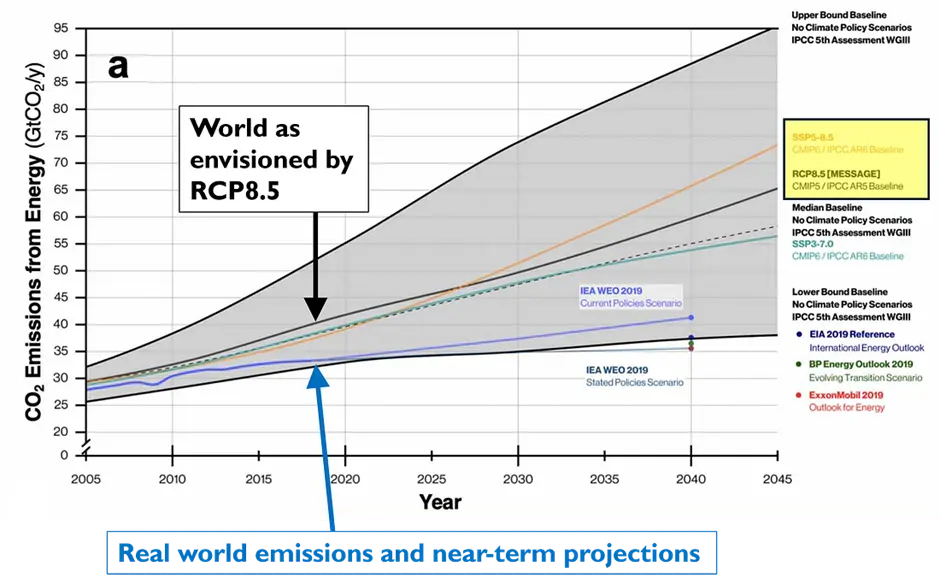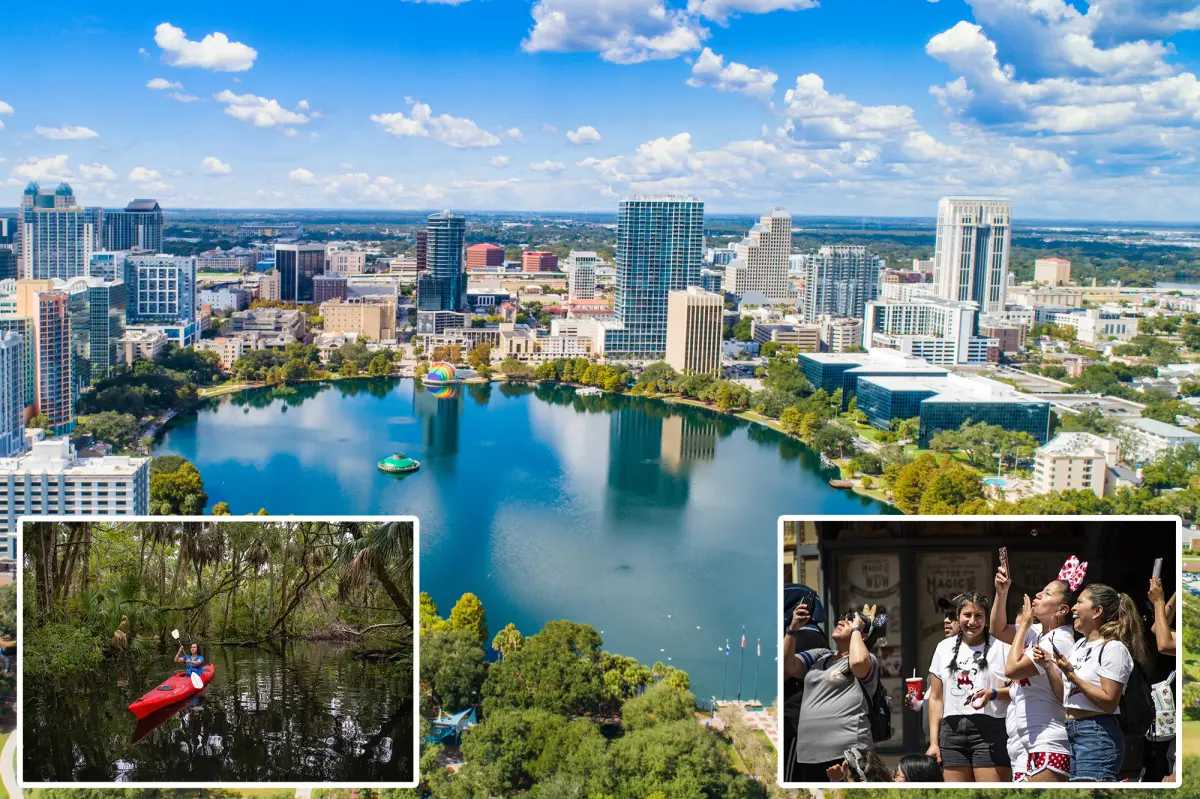Copyright Watts Up With That

Essay by Eric Worrall h/t strativarius, Daily Skeptic – A public writ for resource misallocation and higher British energy bills. Consultation ED3 Sector Specific Methodology Consultation – Climate resilience stress testing methodological framework Annex Publication date: 08 October 2025 Response deadline: 03 December 2025 Contact: Chris Bishop, Alex Holder Team: Climate Resilience Team Telephone: 020 7901 7000 Email: ClimateResilienceTeam@ofgem.gov.uk … We are consulting on the methodologies we will apply for the electricity distribution sector in the ED3 price control which will run from 1 April 2028 to 31 March 2033. We would like views from stakeholders with an interest in the regulation of energy networks. We would particularly welcome responses from groups representing consumers of electricity. We would also welcome responses from other stakeholders and the public. This document provides the framework to the methodology for Phase A stress testing with outputs expected from ED licensed network operators by December 2025. More detailed guidance and templates will be provided to network operators separately. This document is an Annex to the ED3 Sector Specific Methodology Consultation (SSMC) core document and should be read alongside it. … The methodology of Phase A is comprised of five key steps (for more detail see Chapter 5): Step 1 evidence gathering – Ofgem undertakes a Rapid Evidence Review of existing literature and evidence to inform vulnerability of network assets to climate hazards. DNOs attribute location data to fault data and submit to Ofgem; Step 2 fragility curves and vulnerability analysis – The Met Office correlates the fault data with weather data to understand the relationship between a specific impact parameter, eg customer minutes lost, and specific weather conditions, namely windstorms and extreme high temperatures. This will produce fragility curves according to asset classes. … Step 3 climate stress test analysis – The Met Office will estimate how the vulnerability thresholds for windstorms and extreme heat are projected to change in 2080 based on climate projections using a 4°C warming scenario using RCP8.5. 12 DNOs consider flood risk assessments for substations in line with ETR138 and, for England, utilising the latest relevant flood maps; Step 4 valuation and resilience options – DNOs estimate the investment that will be required to maintain current levels of service and mitigate future changes to vulnerability thresholds by following guidance provided by Ofgem; and Step 5 Final analysis and findings – We will analyse the DNOs’ submissions and utilise its findings, alongside other evidence, to inform a long-term climate resilience goal for ED3. … Step 3 climate stress test analysis 5.8 This step looks to consider how climate in 2080 could impact on the impact parameter based on 4°C global warming under RCP8.5. For windstorms and extreme temperatures, this will be done by the Met Office who will explore using ERA5 data to assess past event impacts and produce any necessary bias corrections to wind projections. … 5.10 The UK Climate Projections (UKCP18)15 will be used to provide projections of future climate change, using the RCP8.5 warming scenario pathway. Temperature data can be provided to 5km grid resolution whilst wind gusts can be provided up to 12km resolution which will affect the level of granularity we can provide on future changes. It should be noted that assessing the climate change signal and robust projections is more challenging for windstorms than for temperature derived metrics. … Step 4 climate resilience options and cost analysis 5.13 Step 4 aims to understand the costs of resilience options and actions which: Would be required to maintain “current levels of resilience” – specifically, which resilience actions could be taken to reduce the updated impact parameter value (identified in step 3 as change to projected impact expected under climate change) back down the vulnerability threshold level (as agreed under step 2). Are identified by applying ETR138 to substations, assuming a climate scenario of RCP8.5 in 2080, using DNOs existing approaches to flood risk assessment alongside any additional investments for other assets at risk of flooding. … Read more: https://www.ofgem.gov.uk/sites/default/files/2025-10/ED3%20SSMC%20Climate%20Resilience%20Stress%20Testing%20Methodological%20Framework%20Annex%20FINAL_clean.pdf Roger Pielke Jnr’s take on RCP 8.5; What is a “Worst Case” Climate Scenario? Making sense of climate scenarios, Part 3 ROGER PIELKE JR. JUN 05, 2025 The implausibly extreme and hugely popular climate scenario RCP8.5 made it into President Trump’s executive order last week on “Restoring Gold Standard Science.” Ironically, the Trump administration’s characterization of RCP8.5 did not quite reach the “gold standard,” and maybe not even a “bronze standard. “ The EO states: [Federal a]gencies have used Representative Concentration Pathway (RCP) scenario 8.5 to assess the potential effects of climate change in a “higher” warming scenario. RCP 8.5 is a worst-case scenario based on highly unlikely assumptions like end-of-century coal use exceeding estimates of recoverable coal reserves. Scientists have warned that presenting RCP 8.5 as a likely outcome is misleading. RCP8.5 is not simply “highly unlikely” — it is falsified, meaning that its emissions trajectory is already well out of step with reality. We showed this conclusively in Burgess et al. 2021, from which the annotated figure below comes from. The gap between the black arrow (RCP8.5) and the blue arrow (reality) indicates that RCP8.5 is not just unlikely, but impossible — it is already wildly wrong. Since we published that paper, that gap between RCP8.5 and reality has only grown larger (stay tuned on that!). … Read more: https://rogerpielkejr.substack.com/p/what-is-a-worst-case-climate-scenario?utm_source=publication-search What does the UK MET, Britain’s official scientific climate authority, have to say about RCP8.5? UKCP18 Guidance: Representative Concentration Pathways What are RCPs? To model and predict future climate it is necessary to make assumptions about the economic, social and physical changes to our environment that will influence climate change. Representative Concentration Pathways (RCPs) are a method for capturing those assumptions within a set of scenarios. The conditions of each scenario are used in the process of modelling possible future climate evolution. RCPs specify concentrations of greenhouse gases that will result in total radiative forcing increasing by a target amount by 2100, relative to pre-industrial levels. Total radiative forcing is the difference between the incoming and outgoing radiation at the top of the atmosphere. Radiative forcing targets for 2100 have been set at 2.6, 4.5, 6.0 and 8.5 watts per square metre (W m-2) to span a wide range of plausible future emissions scenarios and these targets are incorporated into the names of the RCPs; RCP2.6, RCP4.5, RCP6.0 and RCP8.5. Each pathway results in a different range of global mean temperature increases over the 21st century (see Table 1). … Read more: https://www.metoffice.gov.uk/binaries/content/assets/metofficegovuk/pdf/research/ukcp/ukcp18-guidance—representative-concentration-pathways.pdf It seems pretty obvious what is happening here. RCP8.5, by any reasonable measure, is junk science. But until the IPCC or UK MET or other official body comes clean and issues official guidance about the implausibility of RCP8.5, bureaucrats have to defer to the officially sanctioned worst case scenario for any stress testing guidance.



